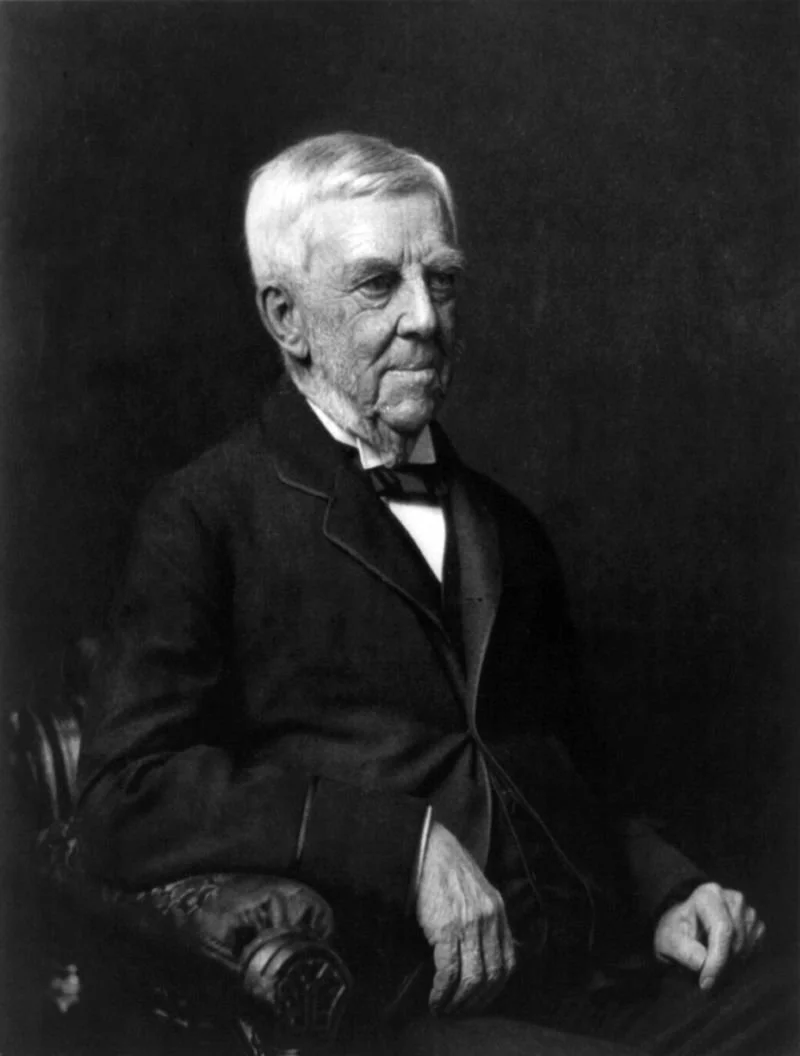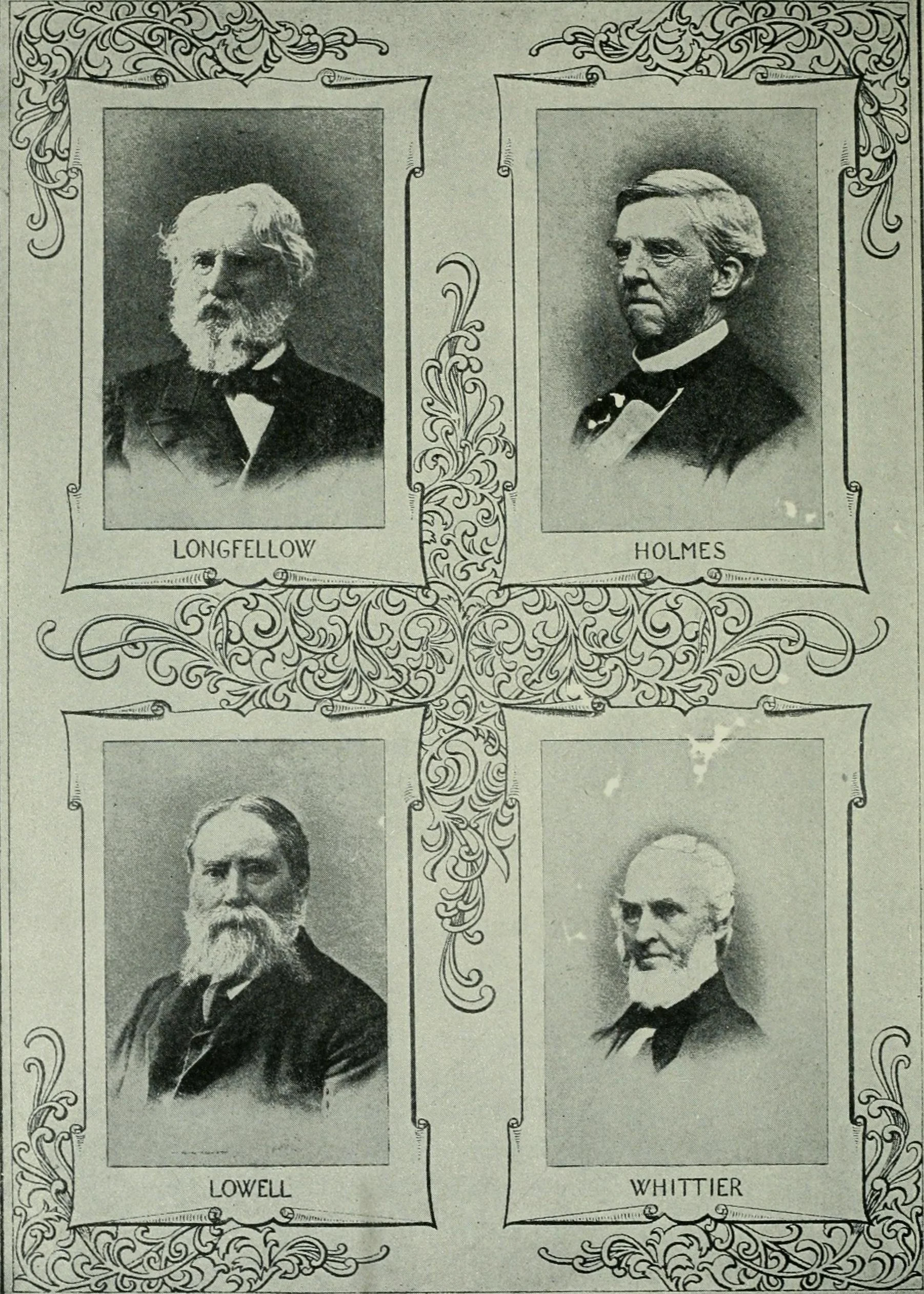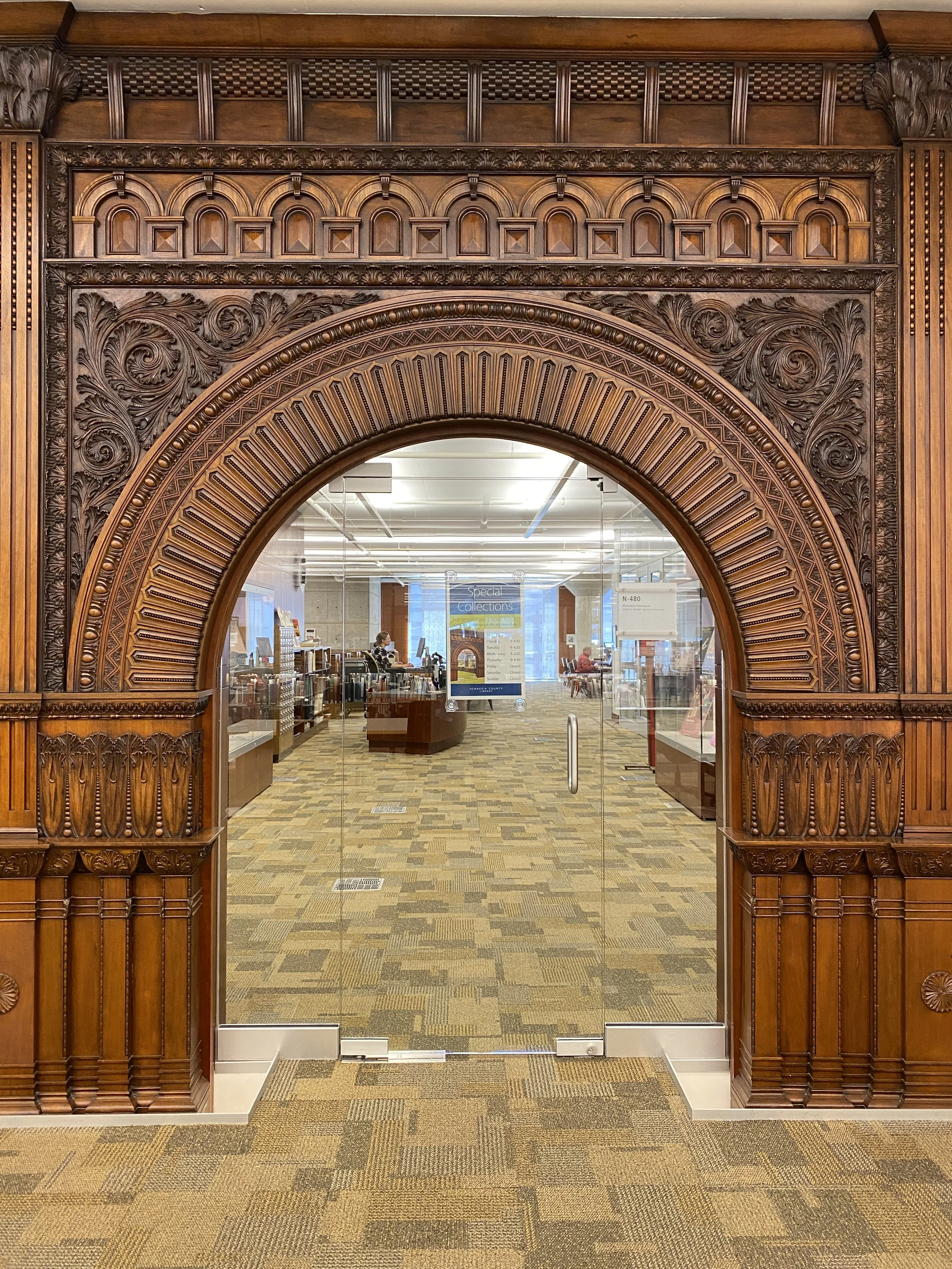Marcy-Holmes: Minneapolis' Oldest Neighborhood
The Marcy-Holmes neighborhood is the oldest neighborhood in the Twin Cities. In fact, it even pre-dates Minneapolis since it was originally its own town called Saint Anthony. After merging with Minneapolis in 1872, many of the original homes and businesses built by the city’s earliest leaders remained - and remain today as part of the 5th Street Southeast Historic District.
The neighborhood has been well documented. You can take a self-guided tour curated by the Marcy-Holmes Neighborhood Association or you can read about each historic home in Penny Petersen’s 1999 book, "Hiding in Plain Sight: Minneapolis’ First Neighborhood".
But how did the neighborhood get its hyphenated name? It’s a good question considering in 2022, a petition was started to remove Marcy’s name from Marcy park - which would probably lead to renaming the Marcy-Holmes neighborhood. News reports simplify the issues and say it’s because Marcy was “pro-slavery” - but in fact, it’s more complicated.
How did the schools get their names?
The Marcy School was built in 1878, on 9th Avenue Southeast, between 4th and 5th Street Southeast. In 1890, an additional school was built and needed a name. A Professor suggested “ Oliver Wendell Holmes” and they said, sure. The neighborhood soon took on the names of the schools their children attended and we had Marcy-Holmes. A simple as that. It was in the years after that when things got more confusing.
After the Marcy School and Holmes School opened, Holmes park was built to be a playground for the Holmes School.
The first Marcy school was quickly outgrown and in 1908 they moved to a NEW Marcy School.
In 1978, the new Marcy School closed and students were moved to the Holmes School. People were moving to the suburbs, so the one school was enough for the district.
In 1979, the Marcy School was demolished and made a playground.
In 1992, the Holmes School was torn down and replaced by a new school in 1992. The new school was named Marcy Open School.
So Holmes Park is adjacent to Marcy Open School, which used to be Holmes School, and Marcy Park is on the site of the former Marcy School. PHEW.
Who was Marcy?
William Learned Marcy was from New York and he worked his way up the political ladder. Comptroller, Senator, governor - but most importantly, he was a member of the “pro-slavery” Democratic party.
William Learned Marcy
Marcy himself wasn’t really “pro-slavery”, but cheap materials from southern plantations did benefit New York manufacturers. He didn’t own slaves and he didn’t stand in the way of abolition in the northern states. He was against ending slavery in the south. He also supported returning fugitive slaves to their owners. Why? Because the democratic party was ruled by the south - they wanted slavery to continue - and Marcy was loyal to the democratic party.
Around 1848, democrats were deeply split over the slavery question. Marcy became the negotiator between the various factions. Even though his own constituents in New York were against continuing slavery, Marcy knew that party unity meant majority, majority meant election wins, election wins meant power. After all, it was Marcy who coined the phrase, “To the victor go the spoils of war.” He knew that party loyalty would be rewarded - if he could just keep the party together.
After his success negotiating the Compromise of 1850, tamping down secessionist passions (at least temporarily) Marcy was on the list for the Presidential nomination in 1852. Because he was playing the middle ground, Marcy was labeled too pro-slavery for the north and not enough pro-slavery for the south. He lost the nomination.
Now, looking back, we see that Marcy - putting party over everything - also put himself on the wrong side of history. Today, his willingness to allow - even require - slaves seeking their freedom to be returned back to their master is abhorrent. His ability to turn a blind eye to the dehumanizing efforts of his partymembers leaves us questioning his morality.
Who was Holmes?
Oliver Wendell Holmes
Oliver Wendell Holmes Sr. had many accomplishments. As a doctor, he advanced medical techniques that increased women’s survival rates after birth. He was also a celebrated author of poetry. He was known as one of the “Fireside Poets” - five well-beloved writers whose names we now find all over Minneapolis: Holmes, Emerson, Longfellow, Lowell, Whittier and Bryant. Although none of the fireside poets have Minnesota connections - they were incredibly popular, in everyone’s homes, read by families and memorized by students.
Holmes also had his controversies. As the Dean of Harvard’s Medical School, he revoked the admissions of three black students because white students complained. He was a proponent of the study of eugenics and believed in the superiority of the white race. He was anti-abolition, until the Civil War began. Then he did become a staunch Union supporter - especially since his son fought for the Union Army.
Four of the five “Fireside Poets”
What now?
Neither man ever set foot in Minnesota. They had no connection to our state. Their policies and politics are not part of Minnesota history. So really, the connection to Marcy or Holmes lives in the memories of the residents of the neighborhood. Their individual histories are tied up with the locations named after them. Anyone who grew up in the neighborhood or attended the schools named after them identifies with those places.
Schools can be particularly difficult to see change. When we are children, our schools feel timeless, unchangeable, like they will be there forever. They were there before us. Of course they’ll exist forever. As adults, we know that just isn’t true.
Students today should be able to attend schools that, though they may not last forever, are named after people whose character and accomplishments they can be proud of.
It will be a long time before a decision is made about renaming the park. In early 2024, the survey was closed for voting on options for a new name. There are lots of steps and boards and approvals. If you would like to keep updated on the process, you can find more information HERE.









